Turns out it’s just as good as chomping on gum as a human.
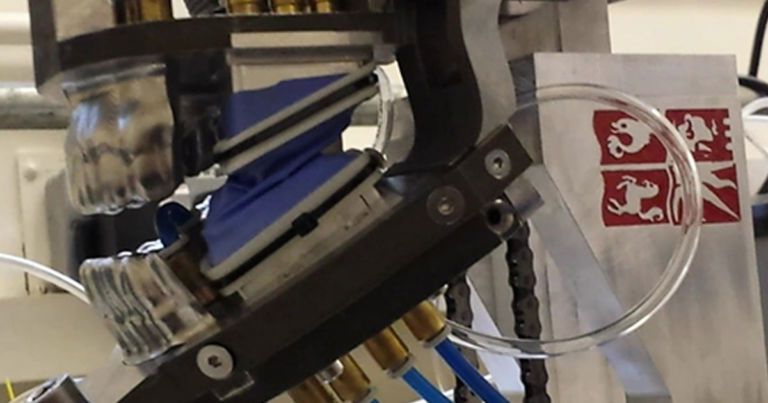

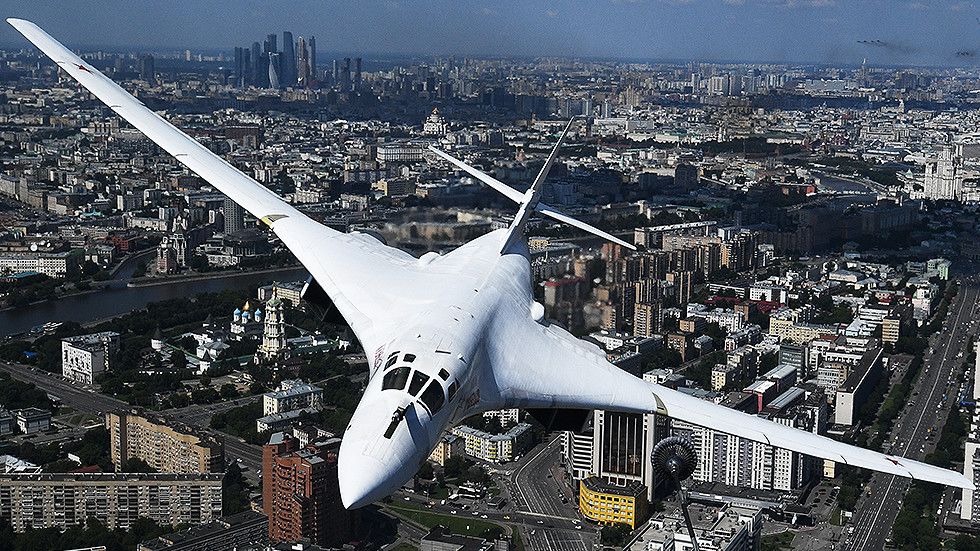
The Russian armed forces’ modernization drive is in full swing, with multiple new weapons entering service and mass production in the coming year and beyond. Here’s a look at some of the new hardware.
In 2021, Russia’s Strategic Missile Forces will receive the new RS-28 Sarmat – liquid-fueled, MIRV-equipped heavy intercontinental ballistic missiles that will replace the R-36M2 Voevoda systems.
Sarmat can effectively hit targets within 18000 km, which is enough to reach virtually anywhere on Earth. In addition, the missile has a short boost phase, which makes it hard for a potential adversary’s air-defense systems to intercept it midcourse.
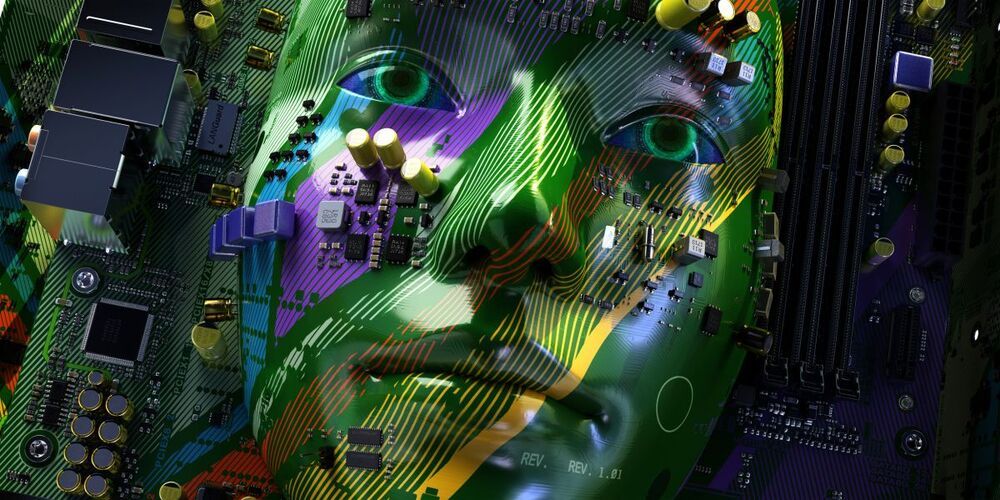
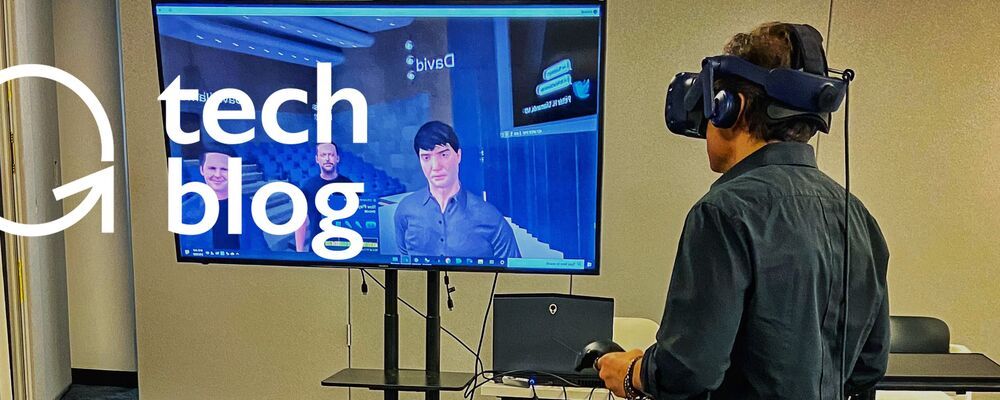
In 2016, combined venture investments in VR, AR, and mixed reality (MR) exceeded $1.25 billion. In 2019, that number increased more than 3X to $4.1 billion. And today, major players are bringing new, second-generation VR headsets to market that have the power to revolutionize the VR industry, as well as countless others. Already, VR headset sales volumes are expected to reach 30 million per year by 2022. For example, Facebook’s new Oculus Quest 2 headset has outsold its predecessor by 5X in the initial weeks of the product launch. With the FAANG tech giants pouring billions into improving VR hardware, the VR space is massively heating up. In this blog, we will dive into a brief history of VR, recent investment surges, and the future of this revolutionary technology.
“Virtual reality is not a media experience,” explains Bailenson. “When it’s done well, it’s an actual experience. In general our findings show that VR causes more behavior changes, causes more engagement, causes more influence than other types of traditional media.”
Nor is empathy the only emotion VR appears capable of training. In research conducted at USC, psychologist Skip Rizzo has had considerable success using virtual reality to treat PTSD in soldiers. Other scientists have extended this to the full range of anxiety disorders.
VR, especially when combined with AI, has the potential to facilitate a top shelf traditional education, plus all the empathy and emotional skills that traditional education has long been lacking.
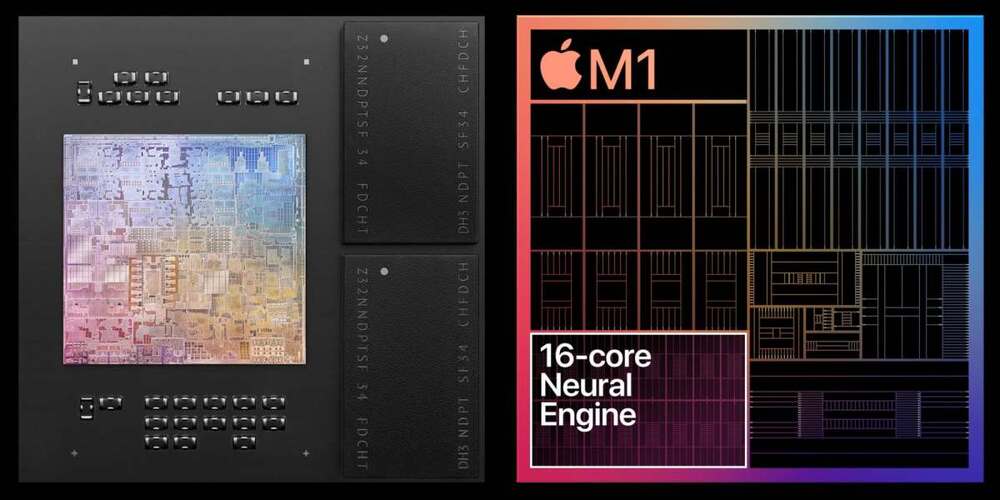
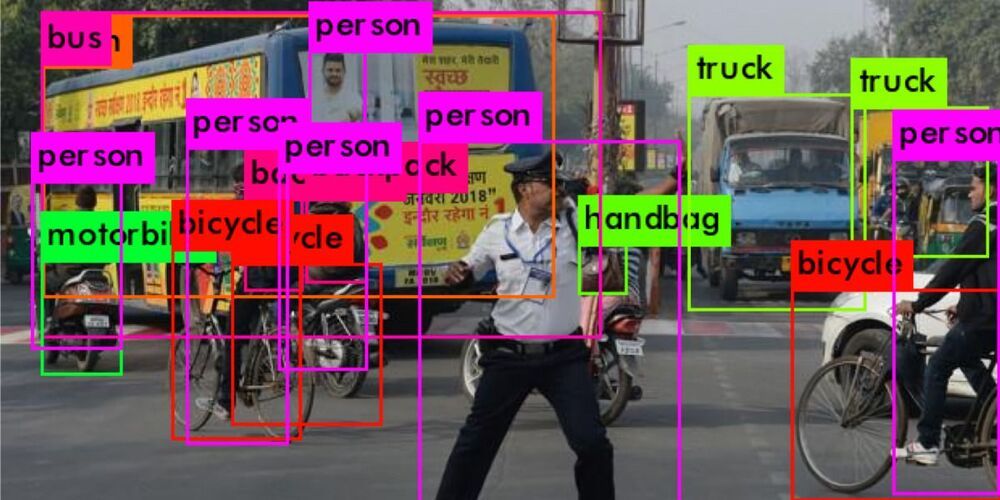
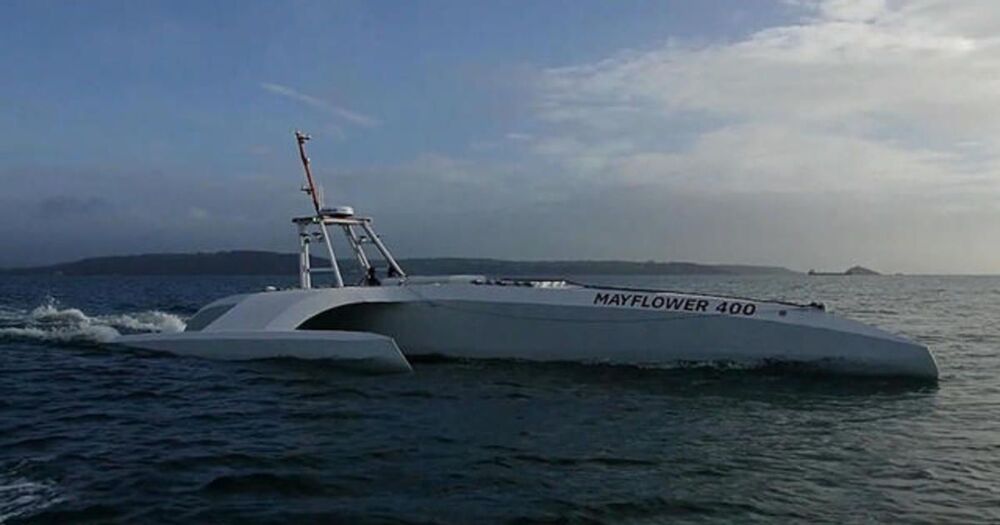
To commemorate the anniversary, another vessel is recreating that voyage, with the help of artificial intelligence.
“We don’t know how it’s going to go. Is it going to make it across the Atlantic?” software engineer and emerging technology specialist Rosie Lickorish told CBS News’ Roxana Saberi. “Fingers crossed that it does have a successful first voyage.”
The vessel, docked in the harbor of Plymouth, England, will rely on the latest navigation technology when it sets out to sea — but it won’t be carrying a crew or captain.
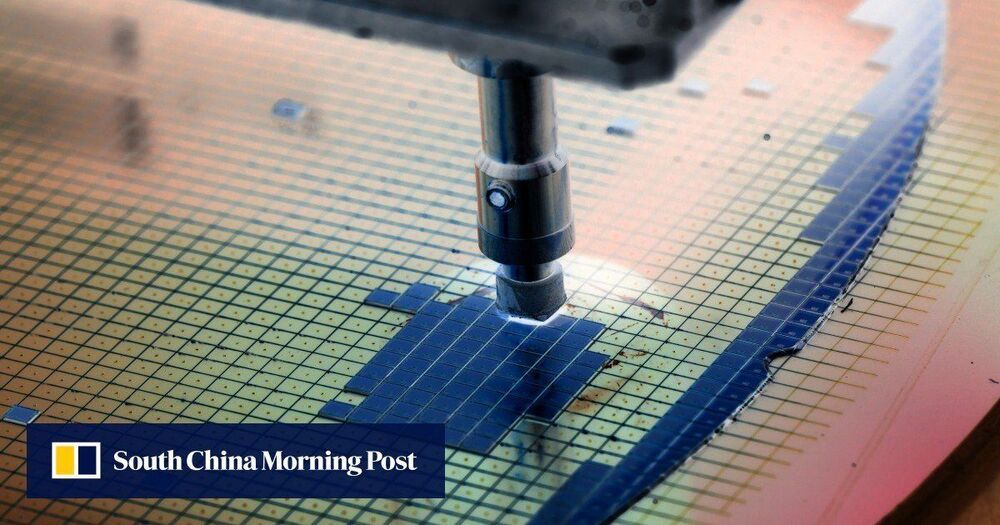
To that end, a large number of overseas trained and educated Chinese nationals have heeded the call and returned to China to establish start-ups in the semiconductor field, ranging from electronic design automation (EDA) software and IC design to silicon foundry and wafer processing equipment.
Many overseas trained and educated Chinese nationals have returned to China to establish start-ups in the semiconductor field, ranging from IC design to chipmaking tools. Here are 10 of them.

It’s the next step toward self-directed learning about the real world. Cue the shark music.

In October, NASA announced the first selection of a scientist to conduct research aboard a commercial spaceflight mission. I am that scientist, and I will be flying aboard Virgin Galactic’s Spaceship 2.
On that flight, which will reach altitudes over 300, 000 feet, I’ll be conducting experiments to further both astronomy and space life sciences.
This is a game-changing move by NASA. Why? Because it represents a normalizing of research in space to be more like other research disciplines, such as field geology, oceanography and volcanology, where researchers do their work themselves in the field, rather than designing, building and testing robots to go in their stead. The end result of this important evolution will be beneficial in many ways.